Special Drawing Rights: one step closer to world government
Even among this journal’s well-informed readers, how many have heard of, let alone know anything about, Special Drawing Rights?
I ask for two reasons. First, because a new development regarding SDRs seems likely to prove financially costly for Australia. Second, having been present at their invention, I happen to know a lot about them. Let me explain.
When the International Monetary Fund was established at Bretton Woods in 1944, the British delegation, led by Lord (John Maynard) Keynes sought to make it a ‘world central bank’ with power to create a ‘world currency’. The Americans, led by Harry Dexter White (later revealed as a Soviet agent of influence!) rightly resisted this, and of course their view prevailed. But the IMF itself never relinquished those ambitions.
In the mid-1960s, a concatenation of events gave it the chance to achieve them.
The IMF’s Articles of Agreement were framed around the international gold exchange standard. A member country (e.g., South Africa) could present gold to the IMF and get US dollars in exchange. Usually, however, it would present its gold directly to the US Treasury for dollars. Any country with more dollars than it wanted could, similarly, present the excess to the US Treasury for gold.
By the mid-1960s, US pursuit of ‘both guns and butter’ during the Vietnam War led to dollars flooding world markets. Given that, could the US$/gold exchange rate of US$ 35 per ounce be maintained? As their dollar holdings mounted, major continental European countries – France and Germany in particular – became restive. The Germans, sheltered under the US nuclear umbrella, could be (and were) ‘warned off’; but the French, under President de Gaulle, could not be. They began presenting their unwanted dollars to the US Treasury and taking gold.
So by January 1967, when I joined the IMF’s Executive Board as the executive director representing Australia, South Africa and New Zealand, the situation was: the US wanted to stop having to surrender gold for dollars; the Europeans, if they couldn’t get gold for their excessive dollars, wanted something that could pretend to be ‘as good as gold’; and the smaller IMF members were happy to collaborate in inventing SDRs, enabling them to ‘put’ their SDRs to other members (such as Australia) and get real money in return.
This, I decided, was a most undesirable development. Keynes’s original plan for a ‘world central bank’ – a first step towards ‘world governance’ – had been a bad idea in 1944 and it remained a bad idea in 1967. Also, by removing the constraints that the gold exchange standard imposed upon it, the proposal would free the US to do more or less what it liked (as we saw four years later – see below). That would be bad for the world and in the long run bad for the US itself.
As IMF management continued to refine the idea, I therefore argued strongly in the Board against it. The French director, for a time, supported me, but after de Gaulle’s political wings were clipped by the 1968 Paris événements, he fell silent. Eventually, in a dramatic board meeting, I was the only executive director to vote against the proposal – to the fury of the managing director, who had planned on saying the board had ‘unanimously approved’ it. At the IMF’s next annual meeting the proposal was approved by its board of governors, including the governor for Australia, then Treasurer Billy McMahon, whose earlier ‘instructions’ to me on the matter I had ignored. (Clearly, as in the Book of Job, I was ‘born to trouble, as the sparks fly upwards’).
In 1970, after the IMF staff produced papers that I criticised as ‘lieing with statistics’, the board purported to discern a ‘lack of international liquidity’ in the world, and therefore decided to create some by activating the SDR mechanism. And in 1971 President Nixon, through his Treasury Secretary John Connally, removed the dollar from the gold standard. This ‘Nixon shock’ drew protests from the Europeans, leading to Connally’s (in)famous response: ‘The dollar is our currency, but it’s your problem’. Quite so.
When therefore I read an IMF press release in March this year stating that ‘the IMF’s Executive Board this week conveyed broad support for the general allocation of Special Drawing Rights of $650 billion’ to ‘provide additional liquidity to the global economic system’ by ‘supplementing the reserve assets of the Fund’s member countries’, I was intrigued. After all, for the past decade world central banks such as the US Fed have been steadily ‘providing additional liquidity to the global economic system’ by enormously expanding their balance sheets. Then the penny dropped: under President Trump, the US (whose IMF quota gives it a blocking veto) would never have approved this SDR issue, but under the Biden presidency all would be plain sailing. (Note that the last SDR issue was in 2009, the first year of the Obama presidency).
So, what now? The IMF governor for Australia is Josh Frydenberg; his alternate is Secretary to the Treasury Steven Kennedy. Australia’s vote is only 1.33 per cent of the total, but no doubt the IMF has already been pressing Frydenberg to cast it in favour. And although I respect Steven Kennedy, I can’t see him advising him against doing so.
Fifty-five years or so since this step towards world governance began, it has come to this. The IMF has abandoned its original reason for being and is no longer a force for economic stability, as its bad advice in periodically dealing with world economic crises has shown. It has become, principally, yet another international aid agency, along with the World Bank, the IDA, the FAO, and on and on. Why don’t we get the hell out of it?
Got something to add? Join the discussion and comment below.
Get 10 issues for just $10
Subscribe to The Spectator Australia today for the next 10 magazine issues, plus full online access, for just $10.
You might disagree with half of it, but you’ll enjoy reading all of it. Try your first month for free, then just $2 a week for the remainder of your first year.

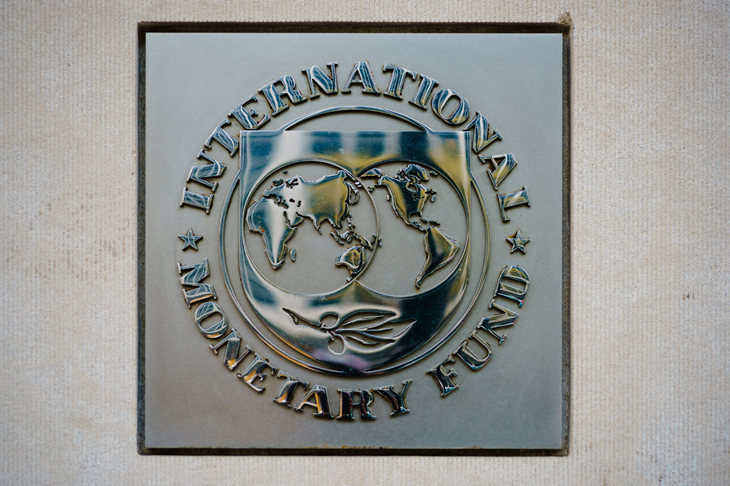
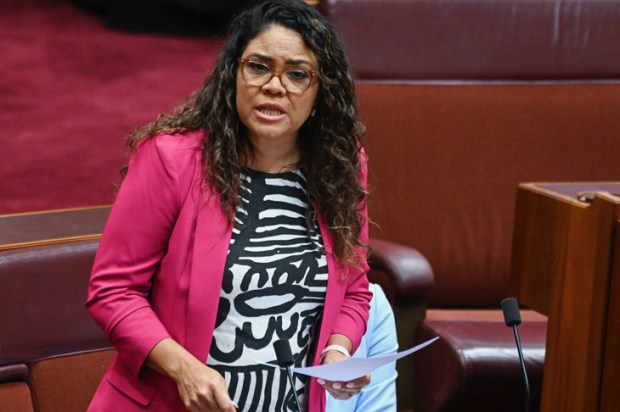

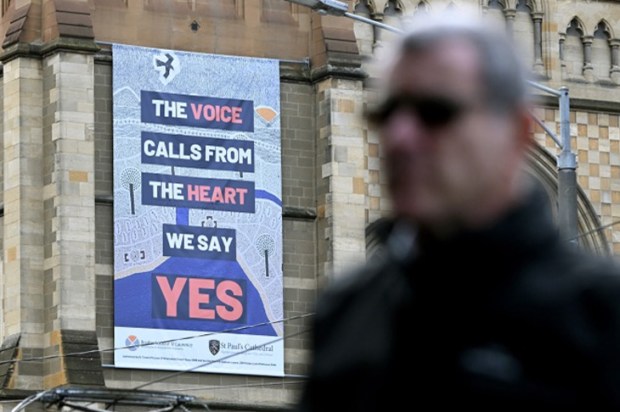
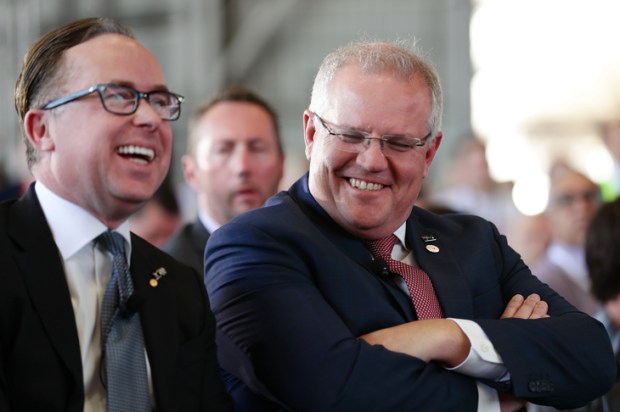

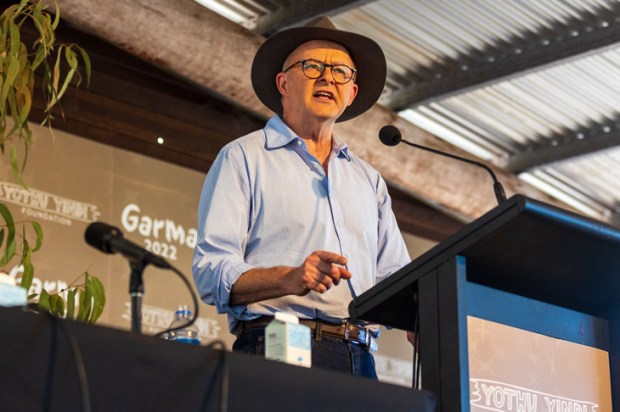






Comments
Don't miss out
Join the conversation with other Spectator Australia readers. Subscribe to leave a comment.
SUBSCRIBEAlready a subscriber? Log in